Malaysia – the bunga raya or grand flower of Southeast Asia. You can’t help but be entranced by its vibrant colours and sheer beauty.
I will eventually write more detailed posts about the places I visited – KL, Georgetown, Malacca and Penang. But first I wanted to write about why Malaysia is such a special place, and why I love it.
MALAYSIAN FOOD
Malaysia is a truly amazing country – it’s hot and sunny, it has some really interesting cultural heritage, some incredibly unspoiled rainforests and beaches and very exciting modern architecture. However for me, the number one attraction is the food! The mix of three cuisines (Indian, Malay and Chinese) blend perfectly together to create one super cuisine. Honestly, I could rhapsodise about the food for hours, but instead i’ll just focus on the highlights from my trip.
Breakfast!
Depending on where you go and where you stay this can range from the standard croissant and orange juice for the business traveller, to a full and far too overwhelming buffet. The best breakfasts we had were either from street stalls or in the Museum Hotel in Georgetown. They really outdid themselves, providing us with a different local delicacy every day along with plenty of fresh fruit.
I’m not entirely sure what this was called, but it was sticky rice cooked with blue peaflowers that stain the rice itself blue. On top was grated coconut cooked with palm sugar and all wrapped up in a pandan leaf – a very sweet and delicious surprise! This was by far my favourite breakfast of the trip.
On another morning we were given identical parcels only to find rice and shrimp paste inside. I’m all for savoury, spicy breakfasts, but I have to say that after the blue coconut delight this was a bit of a let down!
Another breakfast favourite is roti canai – this is essentially a type of paratha/bread that is folded over and over itself so it appears to have many flaky layers. It tastes amazing, which could have something to do with the addition of butter or ghee, but lets ignore that! Roti canai is traditionally served with either yellow dal or some sort of curry (my favourite is the fish).
To be honest, I wasn’t all that sold on the kuih (the gelatinous rice sweets). However they look really pretty with their plethora of colours and are very traditional in Malaysia, so it felt wrong not to include them! If you are going to try them, I’d suggest not to eat them first thing in the morning and never to attempt to eat as many as i’ve shown below in one go!
Finally, make sure to eat some kaya (Malaysian coconut jam) which you can either just spread on bread or toast or can also sometimes find served on the streets with roti! It’s a deliciously deep caramel coloured silky-smooth spread, flavoured with coconut, pandan, eggs and palm sugar. I’ve tried to make it a few times since I got back to London, but nothing beats the original! You can buy little jars of kaya from supermarkets – they make a good gift to bring back for friends.
Night markets
Moving away from breakfasts, the best place to go for food in the evenings is definitely the food night markets. We came across a stupendous one in Georgetown which had stalls for every type of food your heart could desire! Each stall tends to specialise in a specific dish and it’s a great way to eat as everyone can get what they want from the stall and then all sit together in the communal seating. Stalls offered curry laksa, chicken satay, freshly fried prawn crackers, tiny pancakes with banana, strange dried squid, an assortment of sweets and all sorts of fresh fruit juices including sugar cane juice, but I’ll come to that later.
Chicken satay in Malaysia is totally unlike the bland, somewhat insipid chicken satay they serve in Malaysian and Thai restaurants in Europe. The chicken satay in Malaysia is sticky with sauce and chargrilled – the satay man slaves away over his flames to achieve smoky perfection.
I love being outside at night in hot countries, the whole city comes to life and the excitement thrums almost tangibly. Young people, children and older people all gather together in the night markets and bond over food.
Restaurants
Another of the best things about food in Malaysia is the sheer amount of seafood available. My mother and I are huge seafood eaters and it felt a little like we’d died and gone to a fishy heaven – giant prawns, crabs, and pretty fish with a head and a tail were everywhere! Below are some of the best restaurants we went to while in Malaysia. I would strongly recommend them all!
£ Weld Quay Seafood restaurant (opposite the jetties in Georgetown) – one of my favourite places we went to, both for the food and the location. You pick your own fish first and then tell them how you wanted it cooked (for the non fish eaters they also had plentiful frogs). We chose some large pomfret and had them steamed in soy and ginger sauce, we also ordered some tiger prawns fried in a hot black pepper sauce – both more than exceeded my expectations.
However the real draw of the restaurant was its location – deep inside the carcass of an abandoned building – the stones crumbling around you (it definitely didn’t meet any UK safety standards!) Trees had taken back the building – golden roots and branches resembling boa constrictors wrapped around the stones. I felt very much like I had been whisked back to Ta Phrom in Cambodia!
£ Nasi Kandar Tomato in Pantai Cenang (Langkawi) – the tawa prawns (cooked in a hot skillet with a medley of spices, tomato and lemon) were so good we ordered a second… and third round!! This place has a proper tandoor oven so focus on ordering things like naans, chicken tandoor etc. This is another place in Pantai Cenang called Tomato, don’t get them confused!
££ Pelita in KL – this is a well known chain in Malaysia. We only went to the one in KL – a large building, half open, half covered and very simple, but with the best nasi kandar we had. Nasi kandar is a fancy word for rice and curry – it is supposedly Malaysian but to the Indian people, it’s really just Southern Indian cooking. Pelita has great crab, prawn and fish nasi kandar as well as other typical Malaysian dishes such as murtabak (a type of pancake) – they also serve fresh coconuts which can be much needed after a day of pavement pounding in the sweltering heat!
£££££ Thai Pavilion at the Datai, (Langkawi) – this restaurant was pretty swanky but at the same time so simple in it’s elegance. The real beauty of Langkawi is the untouched nature – the rainforest and the beaches. Thai Pavilion is nothing more than a wooden treehouse, perched among the treetops but you don’t need anything more! The dark red wooden structure was perfectly designed to impress. You enter on one side at ground level and suddenly find you are among the tree canopy and there’s a pretty serious drop below! The sound of the rainforest: gecko bellows (you’d be surprised how loud they are), bird chimes and other assorted rustling is perfectly accompanied by some traditional malay rebab music, so soft that it just floats in and out of your consciousness unexpectedly.
Thai food is supposed to be very good in Langkawi as it is so close to to the Thai border and this restaurant did not let us down. The best dish by far however was the Laab Gai – minced chicken with thai herbs, lime and raw red onion served on a bed of lettuce leaves. I’d advise people to ask for medium spicy or mild though!
Juices
Malaysia is a hot and humid country, but Malaysians sure know how to redydrate in style!
Sugar cane juice is definitely (maybe) my favourite, the sugar cane is run through a press to squeeze out this pale green, frothy delight. The drink turns a muddy brown when it’s been left out for a while – it still tastes nice then, but if you can, push for a fresh glass! I first tried this in Cambodia as it was recommended in the guide book, although they didn’t specify that you can’t buy it in a cafe (only from a street hawker with the sugar cane press), so I went round all the wrong places looking for my ‘tuk umpow’! I was certainly very very happy to finally find my juice in abundance all around Malaysia 🙂
Coconut water – my other favourite! When I lived in Thailand for 3 months, I made sure to drink at least one coconut a day – they’re so refreshing, and hit your thirst in a way I never found water able to. If you’ve drunk Vita Coco and think you know what fresh coconut water tastes like, you don’t. That stuff is overpriced and tastes of chemicals and not much else.
Finally – lemongrass juice which I only found at the Museum Hotel in Georgetown. They brought us some every morning and every afternoon and it is literally just water boiled with lemograss and sugar and then left to cool. Simple, yet delicious. Just the sort of sugary pick me up you need after a full day of sightseeing in the heat!
Fruit
One of the best things about travelling to exotic countries is the quantity of juicy, deliciously ripe fruit, and Malaysia is no exception! Mangos, mangosteens, rambutan, durian, jackfruit, wax apple, dokong, dragon fruit, tiny pineapples, longan, pomegranate, the list seems endless.
You’ll definitely know if you’re in the presence of durian – the thick, cloyingly sweet and very pungent scent is infamous. When flying from Penang to KL there was a dramatic incident at the airport when the scent of Durian suddenly infused the air by the check in counter, and the airport officials came round to sniff everyones bags. Durian aren’t allowed on flights or in hotels – bear that in mind if you don’t want to feel like a criminal with your illicit goods! I actually don’t mind the scent of durian, but am still in two minds about the flavour.
My favourite fruit was the mangosteen. It’s a curious little thing, a small round purple fruit with oddly shaped green leaves – it wouldn’t look at all out of place in a Dr Seuss story. When you break it open there is a brilliantly white, segmented flower of sweetness. The red outer shell is moist and may bleed onto your hands, whatever you do don’t lick it, it’s as bitter as the fruit is sweet. A famous gourmand and food journalist (RW Apple Jr.) wrote: ‘No other fruit, for me, is so thrillingly, intoxicatingly luscious… I’d rather eat one than a hot fudge sundae, which for a big Ohio boy is saying a lot.’ I don’t think I could say it better!
One of the best ways to eat your fruit is in ice cream form. In Pantai Cenang we found this amazing little fruit shop with a few plastic tables and chairs at the back and… a mini ice cream parlour! They blend the ripe fruit from their shop with milk to form a milkshake then pour it out onto a frozen metal plate where they scrape it and turn it like scrambled eggs until you’re left with creamy cold shavings. I feel like I’m betraying Italy by saying this, but it might be one of the best ice creams I had ever had, and that’s all down to the ripeness of the fruit. We had a banana ice cream and also a mango ice cream. They’ll only use the fruit when they’re perfectly ripe so won’t always have every flavour. On our second visit we toyed with the idea of trying durian ice cream but were too tempted by the banana – I think that was the best!
ARCHITECTURE
One of the things I liked best about Malaysia was the architecture of the old buildings, especially in places like historic Georgetown and Malacca. Everywhere we walked I couldn’t stop taking photos! From the front entrances and balconies to the screens inside that separated the rooms and individual features like tiles and fireplaces – all were a work of art and so pleasant on the eyes!
Obviously there’s only so much peering into strangers houses you can do without being hurried along, so most of my pretty building cravings were indulged at museums such as the Cheong Fatt Tze Mansion, the Peranakan House (Georgetown) and the Baba Nyonya Museum (Malacca).
Cheong Fatt Tze Mansion – Georgetown
The Cheong Fatt Tze Mansion is by far the most famous of the three and the biggest tourist draw, however it was also the most disappointing. They didn’t cap the number of people attending the guided tours so it was only just possible to see what the tour guide was showing us through the swarm of people. It doubles up as a guesthouse as well as museum and I can only imagine how awful it must be to have throngs of tourists posing next to your bedroom door when you have been promised a relaxing getaway!
Having said that, there’s no denying that it’s a really beautiful house, painted a deep jewel blue and adorned with frondy fingers of green, intricately wrought iron and rows of red lanterns. If you could steal the whole house for yourself it would be a personal Elysium.
Peranakan House in Georgetown
All three of these houses were owned by wealthy Peranakan families, also known as Straits Chinese or Baba Nyonya. Chinese people moved to Malaysia and Singapore and assimilated the ways of the local Malays and later, the Colonial British. As a result their houses are an eclectic mix of Chinese lacquered and carved wooden panels, English floor tiles and Scottish ironwork. I liked the portraits of the families best.
Baba Nyonya House in Malacca
Personally I thought the Baba Nyonya House Museum in Malacca was the most intimate and thus for me, the best. It really did feel like I had stepped back in time and walked into someones house, just after they had left! The tour guide was very friendly and incredibly informative.
Highlights include:
- The dapur (kitchen) – all the utensils and grains and herbs are left out, it’s a lovely large room with lots of space, and you can easily imagine it being the heart of the house (well, for the women anyway.)
- The wedding outfits – in one of the rooms the traditional Straits Chinese wedding outfits of the Chan family are kept. They’re incredibly intricate and very beautiful, and are passed down from mother to daughter.
- The lockable staircase for naughty husbands. The staircase leading from the ground to the first floor has a door at the top thats slides across and locks preventing any strangers from coming up while the family is asleep (and punishing drunken husbands for coming home late by forcing them to sleep on the sofa!)
- The gift shop: there were some amazing drawings and paintings of Malacca on sale by local artists, I really wanted to buy them all but unfortunately had limited baggage space and funds.
Most of the old streets in Malacca and Georgetown have 5 foot ways (kaki lima) – walkways indented into the ground floor of the shop or house so that people are protected from the sun and rain. Unlike other countries I have visited (Emirates), this meant we almost always had a place to walk and could get really close to the buildings and have a sneaky peek inside!
We wandered into a shop on Jonker Street in Malacca and to our utmost delight found that the shop was almost like a museum itself! While my sister was browsing through the clothes items, we took a closer look at the very unique and beautiful orginal features. I loved the way the shop owners/assisstants had made use of the features to display their wares, instead of ripping them out:

Tiles inside and outside the houses are particularly bright and vibrant, soemtimes it felt like the neighbours had tried to outdo each other with their choice of tile pattern. Outside one house each row of tiles was comprised of different patterned tiles! We were told in the museums that they were from the Victorian era and all brought over from England. However I remain skeptical – I have never seen anything like this in the UK!

By far the best hotel we stayed at in Malaysia in terms of architecture and traditional style, was the Museum Hotel in Georgetown. Every little detail had been carefully restored, from the tiles, the beautiful screen in the entrance hall, the antique furniture to the light switches. I really loved the light switches! My mother said they reminded her of the old ones they used to have in India. This hotel is a work of art (and has it’s own private museum collection – hence the name). I would strongly recommend it to anyone – for the friendliness of the staff and the amazing breakfasts – but mainly for the beauty. Fountains gurgle happily in the communal area, water lillies float in giant pots, ceiling fans spin reassuringly, a grand piano sits, waiting to be played and golden birds seem poised to fly out of the golden screen.
In general I was a lot less excited by the architecture in KL, it seems to have wiped out all it’s history somehow, which is a little sad. It’s pretty hard to find any of the older buildings. However I cant really talk about architecture in Malaysia without mentioning the Petronas Towers – they really are something. I feel like the Burj Dubai must definitely have taken some inspiration from these twin towers, yet somehow these are much more beautiful, especially when lit up at night.
THREE CULTURES
The tagline used by the Malaysia tourism board is ‘Malaysia truly Asia’ and it truly is. Three Asian cultures – Chinese, Malay and Indian (and more) – join together in this country to create a unique blend that is hard to find elsewhere! I have already talked quite enough about food, so I won’t mention the obvious impact this multiculturalism has on the cuisine (amazing), instead I’ll look at the religions.
The country is dotted with Islamic mosques, Buddhist temples and Hindu temples among others and it’s a real treat to see them side by side and to wander in and out, appreciating and honouring the beautiful places of worship.
The Chinese-Malaysian temples are enchanting, often linked to ancestor worship and smoky with red sticks of smouldering incense. We were lucky enough to walk past a temple in Malacca during a ceremony of some sort. An elderly man invited us in to watch quietly, one man was half singing, half chanting, accompanied by a soft deep drum and chiming. It was night time so dark outside and the music gave the temple an otherworldly feel, it was truly beautiful to listen to. The best things are always those you stumble upon.
The Hindu temples are by far the most colourful from the intricately carved and tiered gopuram (entrance towers) to the statues of the gods and the walls inside. Everything is splashed in colour. The style of Hindu temple in Malaysia is taken predominantly from South India which tends to be more bright and garish.
I love the statues that line the walls of the temples, acting out scenes from different tales. The stories are incredibly evocative and rich with imagination, I have always been fascinated by them and always feel like I would like to learn more.
Surrounding the temples there are usually plenty of shops and stalls where you can buy offerings such as incense, diyas (little clay candles), flower garlands, coconuts, tiny limes and lotus flowers. I love all these offerings, they’re all so beautiful – especially the garlands of Indian jasmine buds. I can’t help stopping when we walk past to admire them.
NATURE
One of the greatest draws of Malaysia is how unspoiled the rainforests and jungles are. No matter where you go there’s untouched greenery just waiting to be explored, even if you don’t get a chance to wander far out of a town. Penang Hill is a popular tourist destination, you take a little train up the steep tracks and can lose yourself in the Hindu temple, mosque or a walk among the old colonial houses of this hill station. The view from the hill is pretty perfect, and there are an array of colourful flowers and plants. My only advice is to watch out for snakes!
Even just walking around the main towns, nature seems to adorn every corner. Hanging orchids grow from trees, palms skirt the walls. Everything is softened by greenery. I find it incredibly calming, if I ever have a house of my own I want to fill it with plants and flowers, inside and out.
While in Langkawi, we stayed at the Andaman Hotel. I don’t usually like big exclusive resort hotels, preferring to stay in a little shack on a beach with more character (and potentially bed bugs). However, despite the big buildings, the staff were the most polite, friendly and helpful people I have ever met, and the architects made a wise decision to leave the beach as is, letting the rainforest grow right down to the water, using the tree canopy for shade instead of umbrellas. It was a beautiful beach framed by the trees, knotted with mangrove swamps in some areas and the turqoise water leading to coral reefs in others.
We were in our own personal paradise, complimented nicely by happy hour every afternoon! Who in their right mind doesnt love a cocktail on the beach?
The hotel (and Langkawi in general) was buzzing with wildlife. Monkeys sit on nearby trees waiting for guests to leave the doors open so they can rush in and nick the fruit. Giant monitor lizards wander lazily around the grounds, stingrays fly stealthily through the water, unbothered by the swimmers. Don’t be surprised to find little friends in your bathroom – geckos and little frogs sneak their way in! My favourite inhabitants of the jungle were the flying squirrels! They glide from tree to tree at night but during the day hang, fast asleep from the trees. We were lucky to see a little baby peeking out from underneath its mothers ‘wings’. It was incredibly cute!
I always thought that if I visited Malaysia it would be with my best friend (who is from KL); and though I saw her whole family while I was there, I missed her! I would love to go back to Malaysia – to Sabah and Sarawak – wander even further into wilderness of the jungle and swim alone in crystal waters, exploring the world under the sea. Sometimes travelling really doesn’t slake your thirst, it just makes it even stronger!
I’m sure there are a hundred other reasons to visit Malaysia, but these were just my personal favourites. I hope they’ve given you a taste for the country and ignited a burning urge to visit yourself!
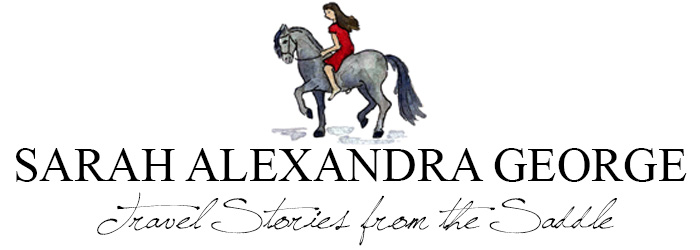
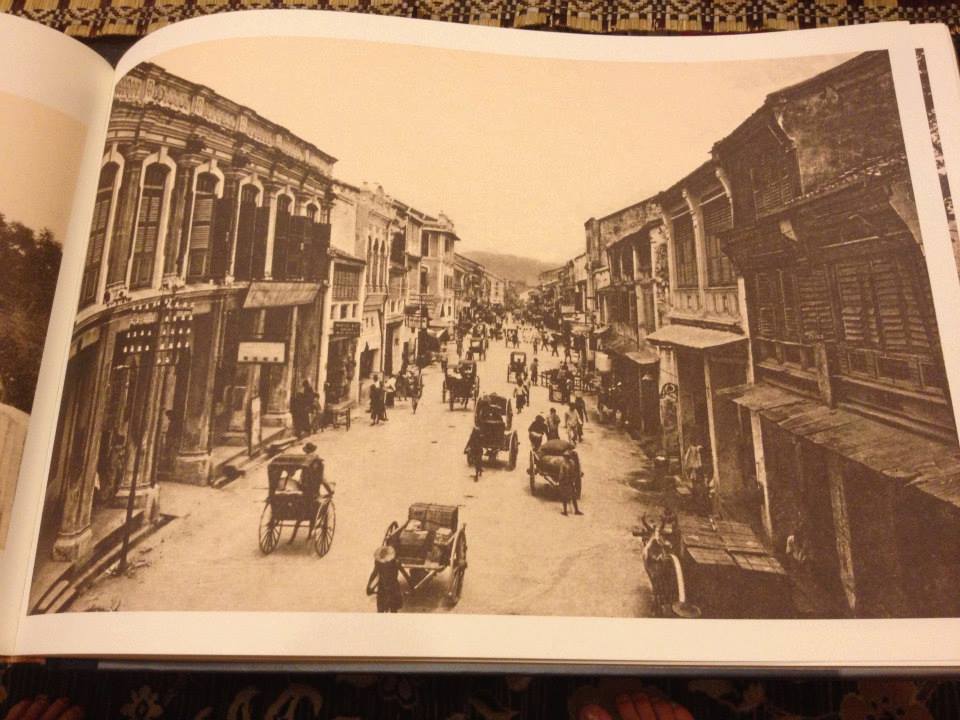
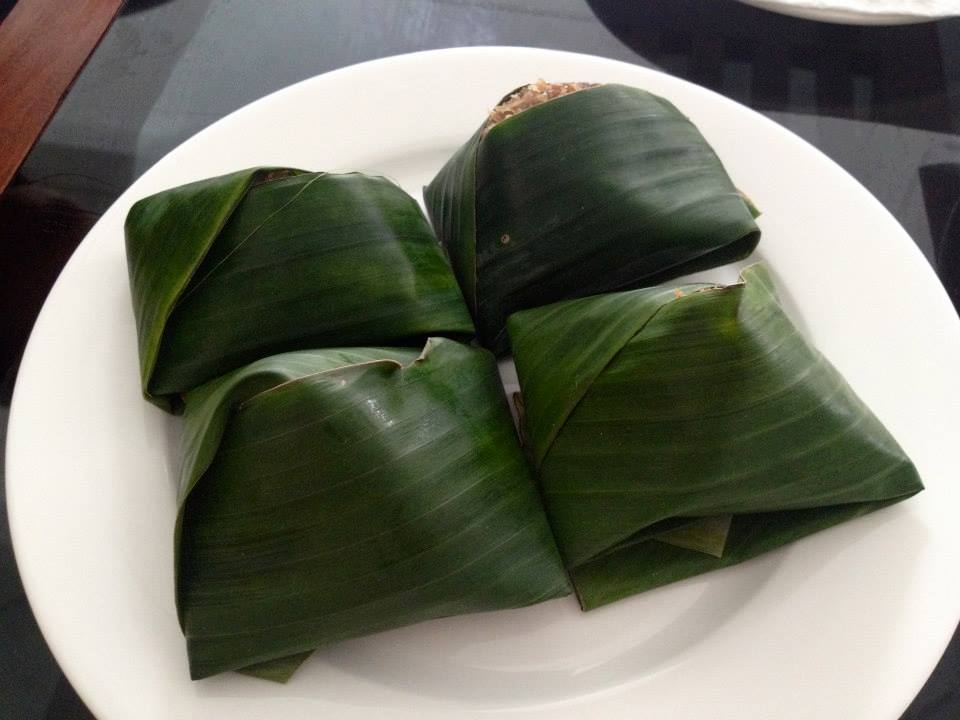
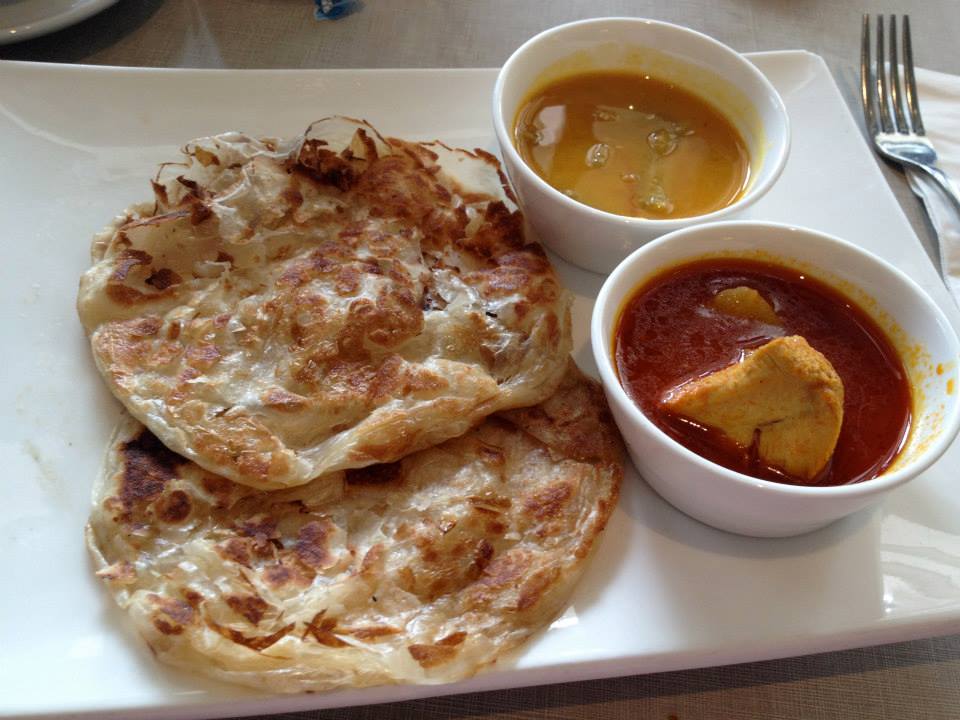
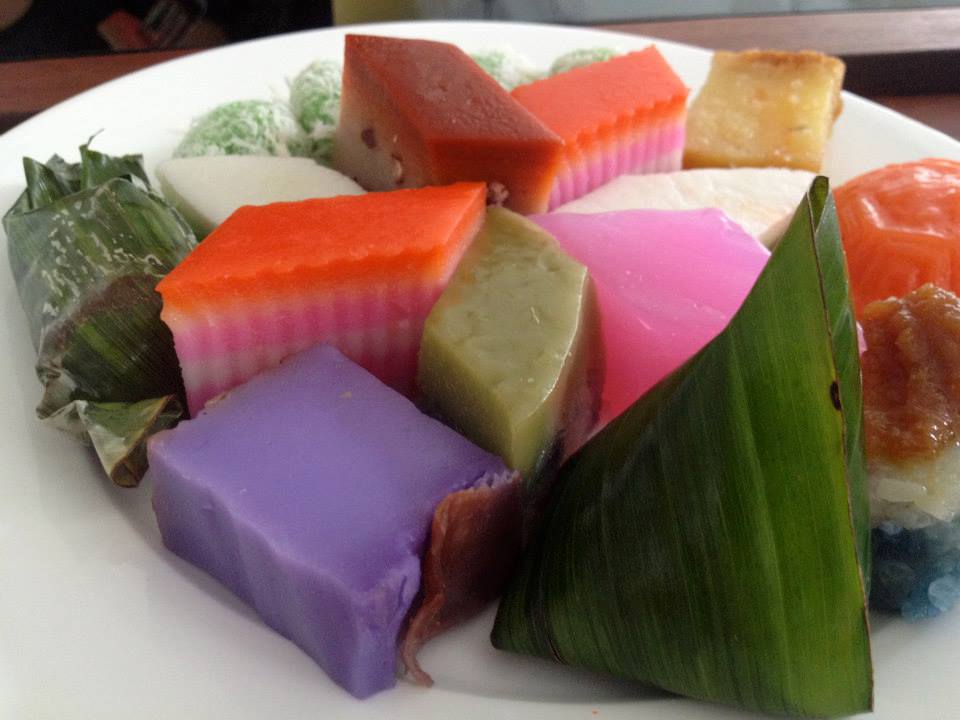
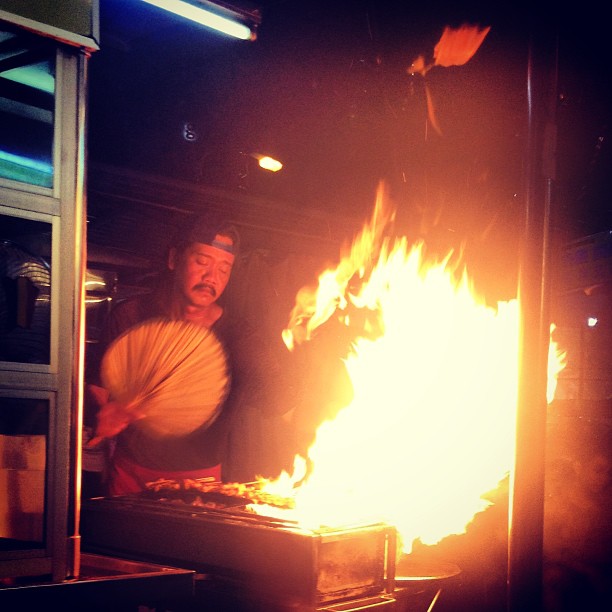
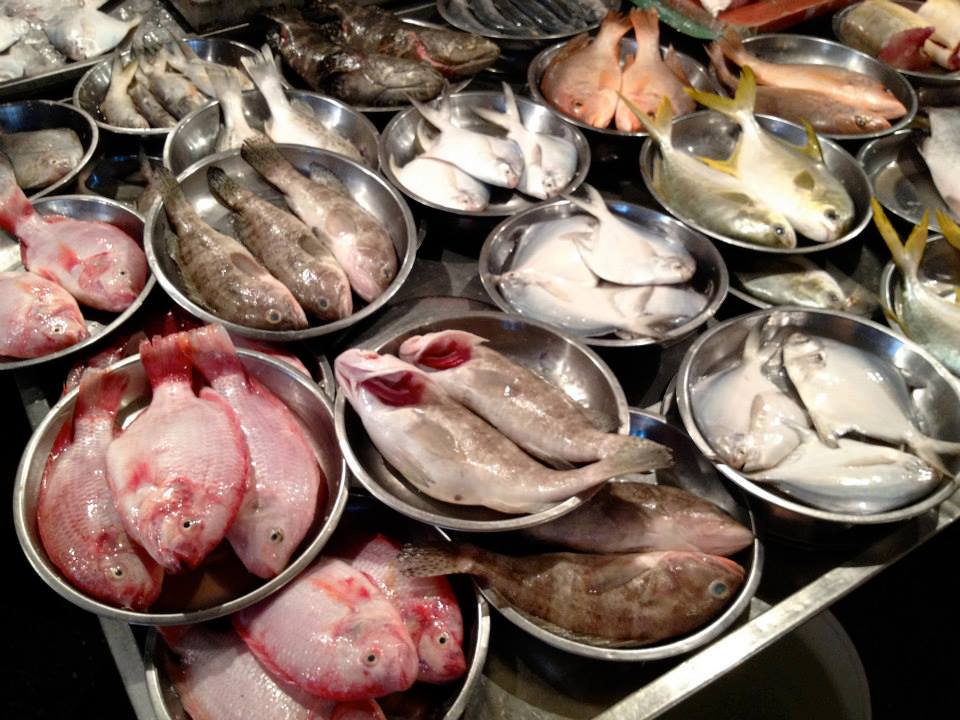
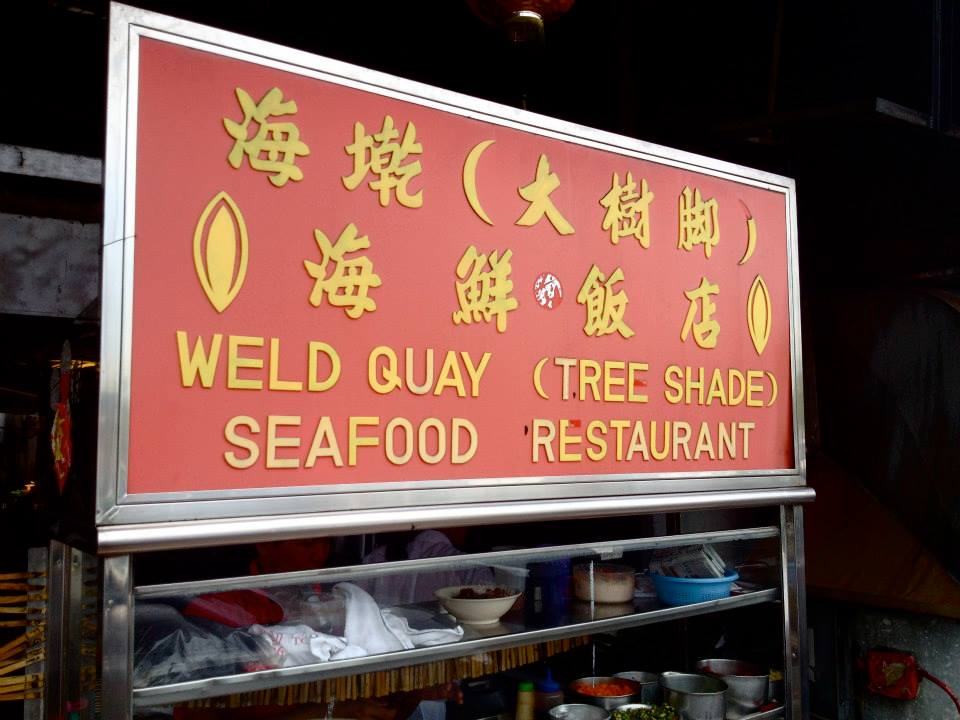
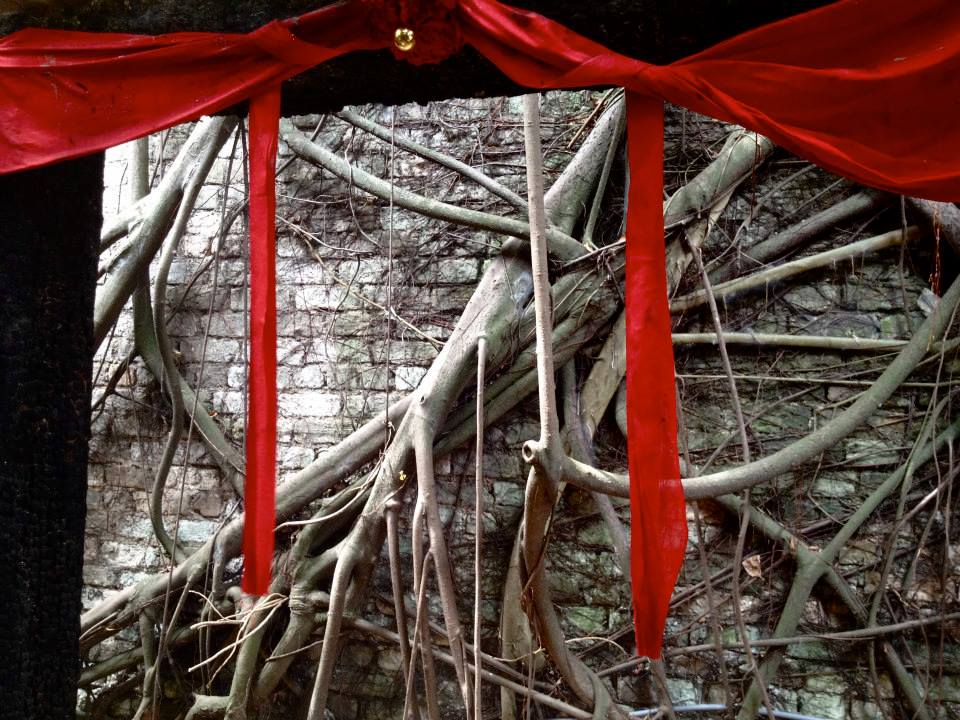
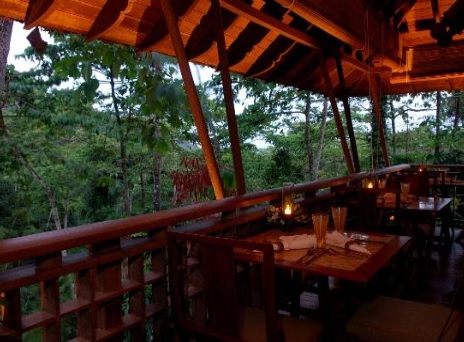
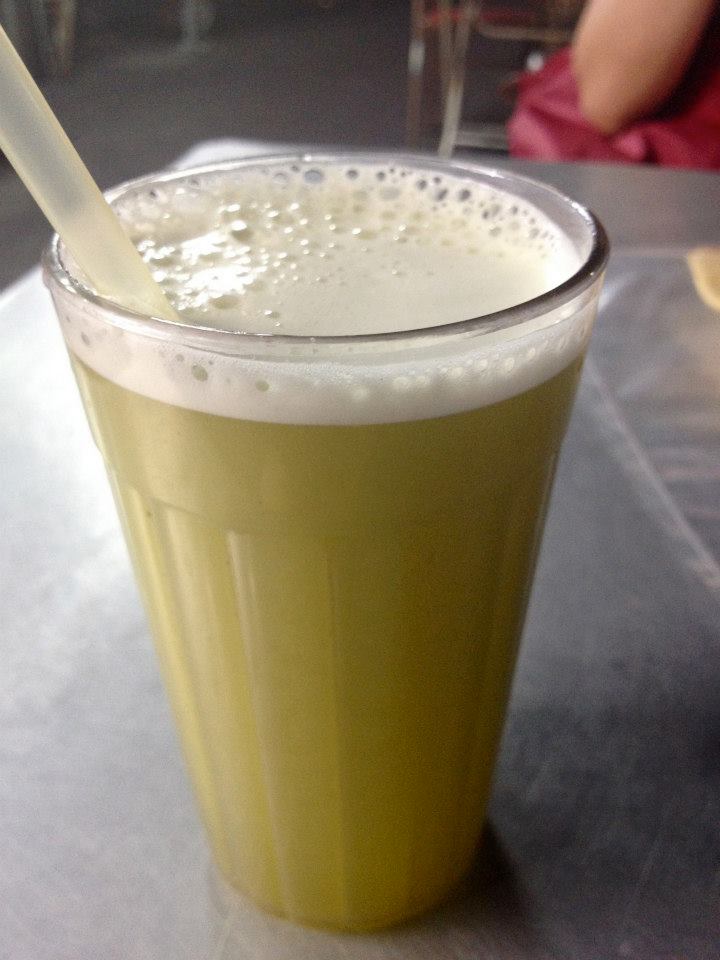

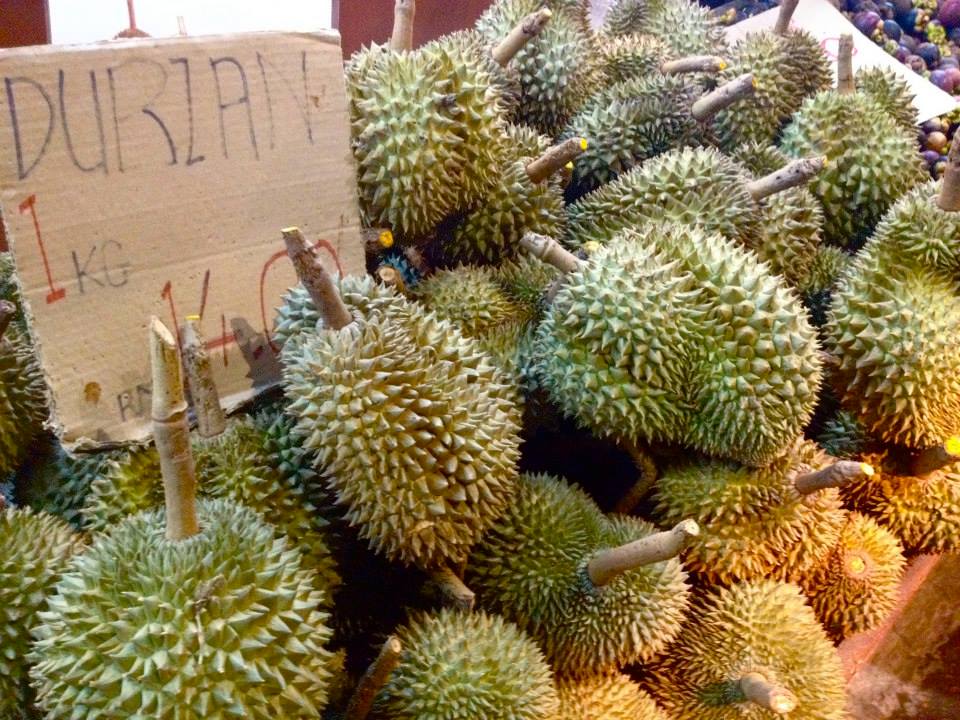
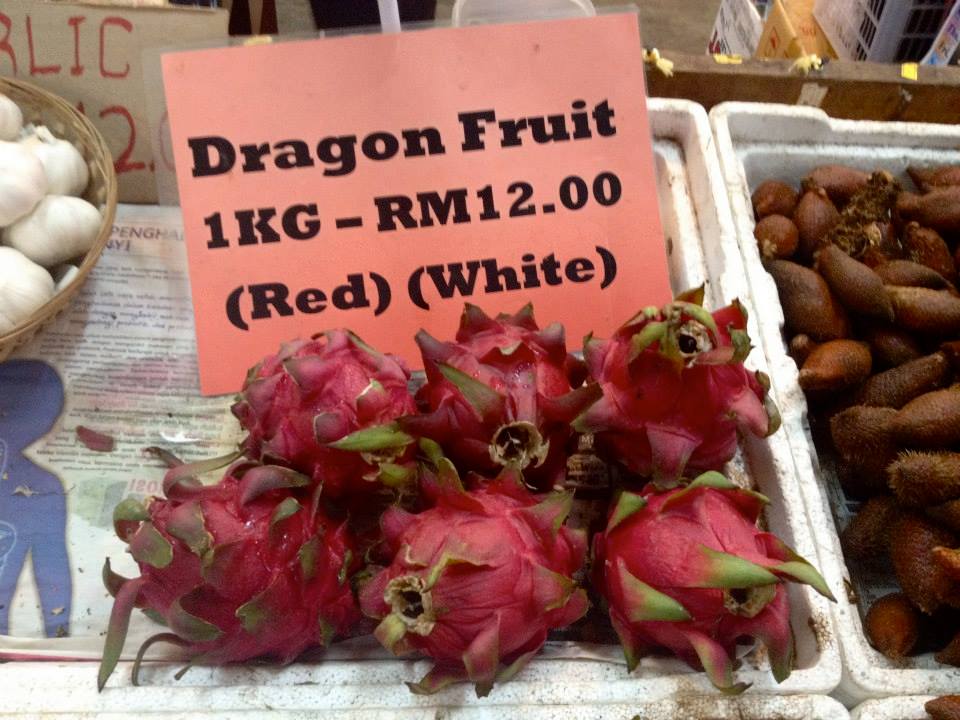

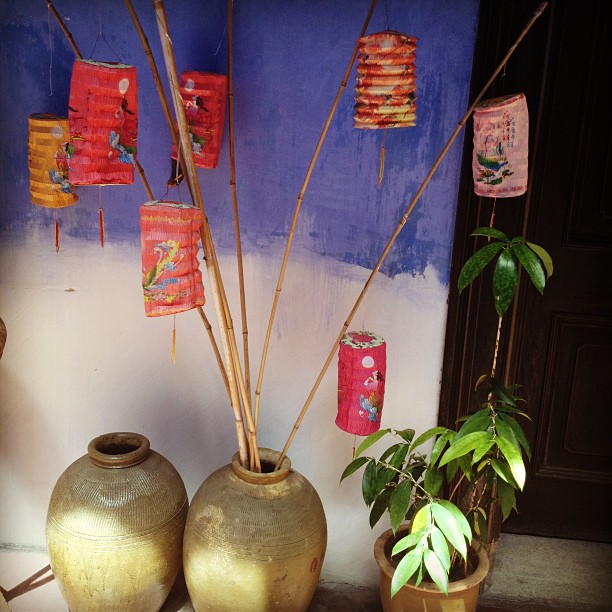
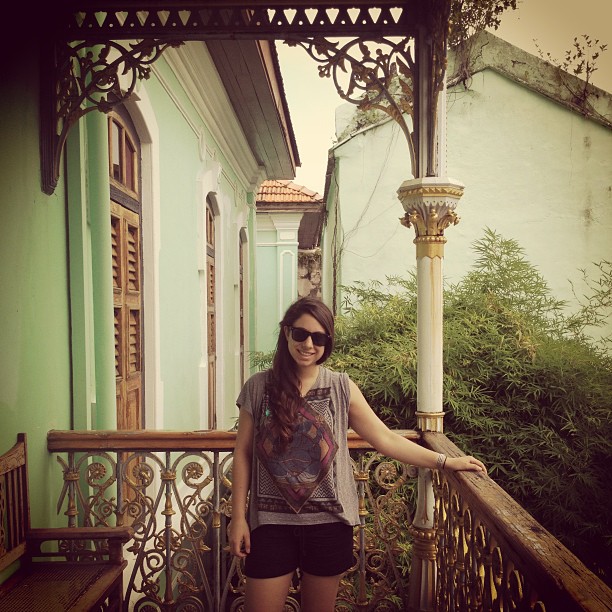

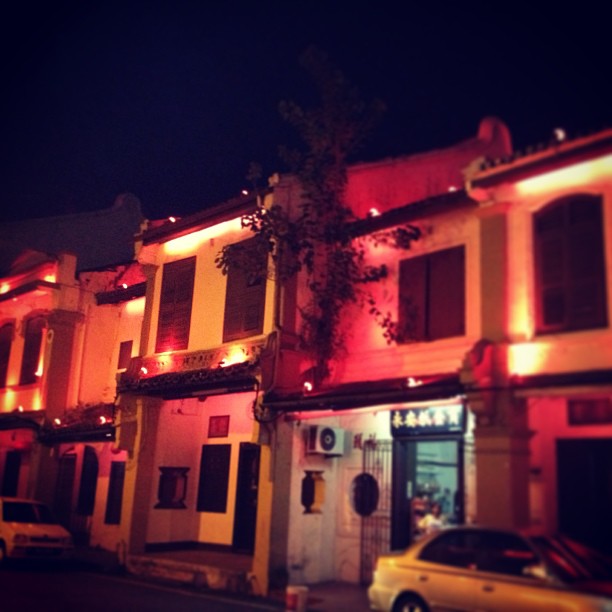
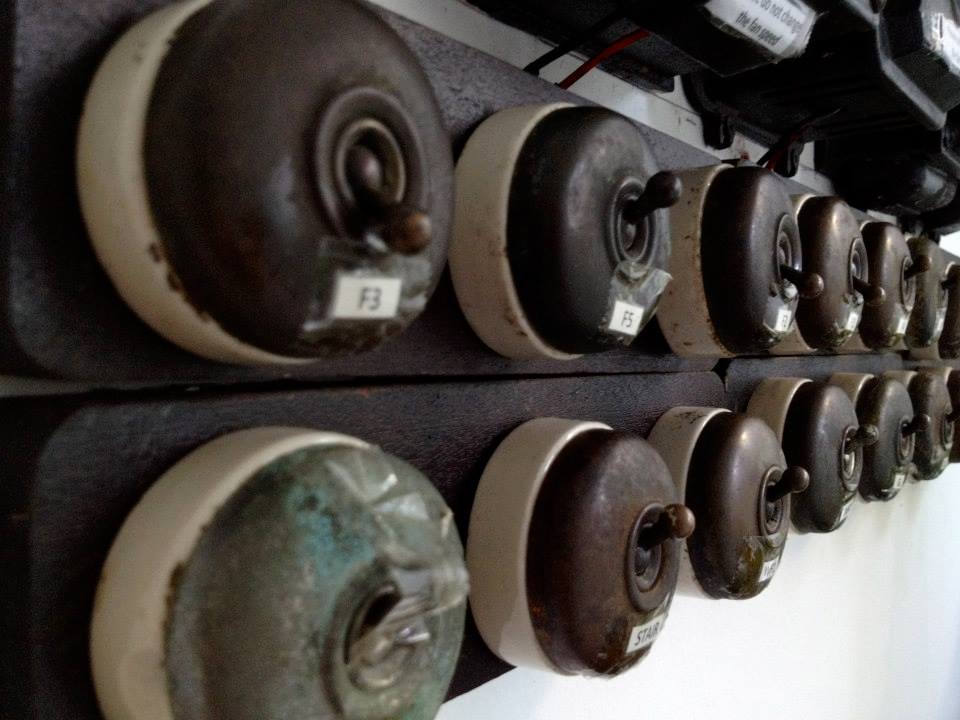

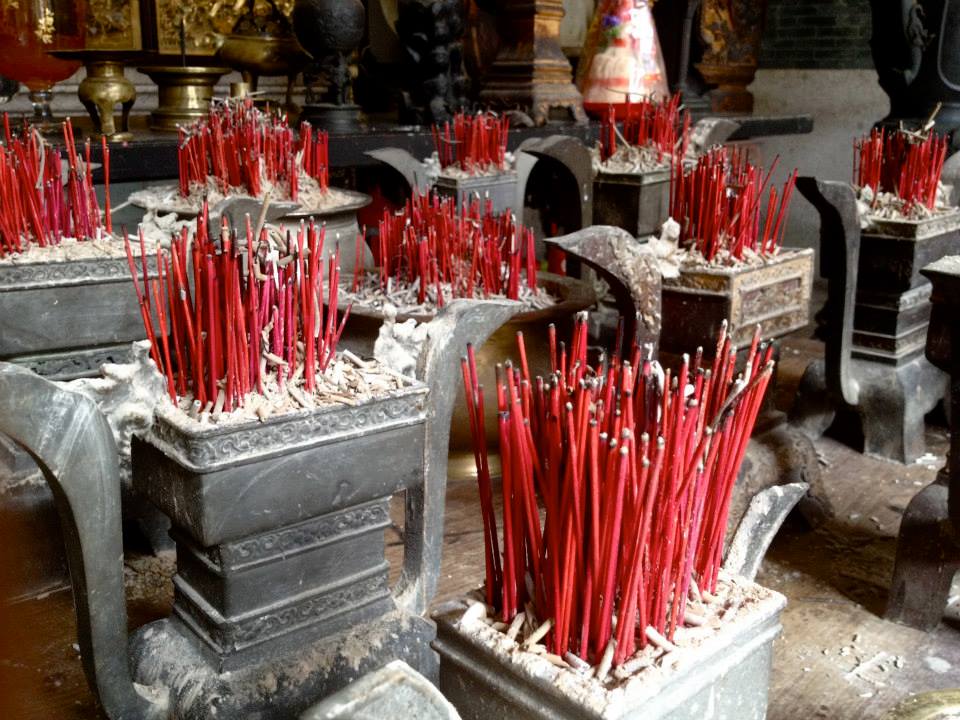
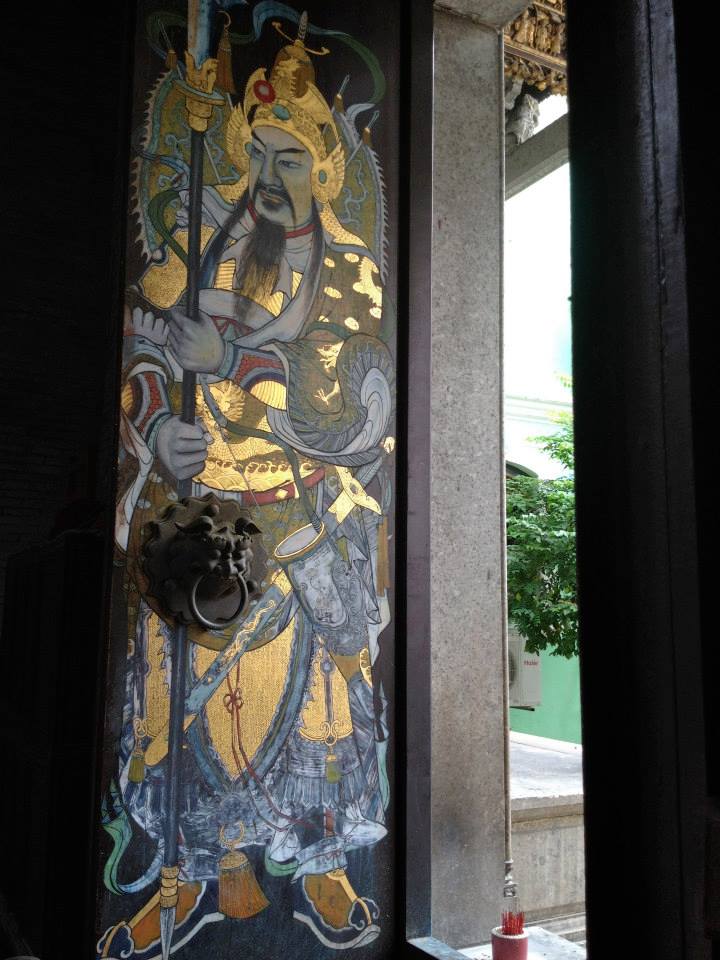
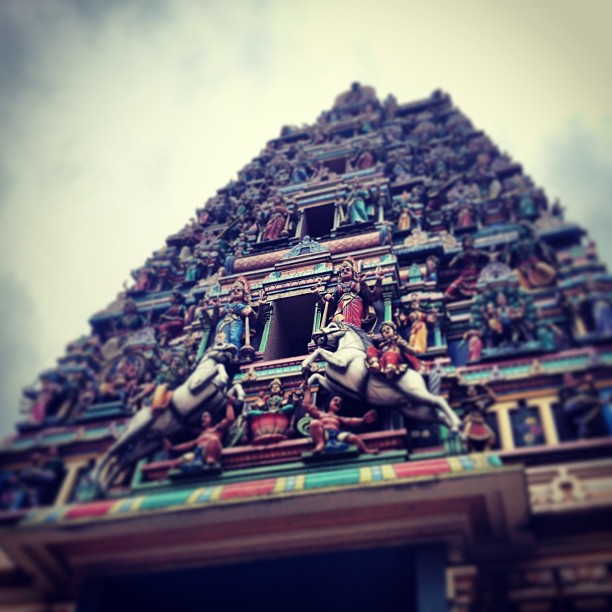
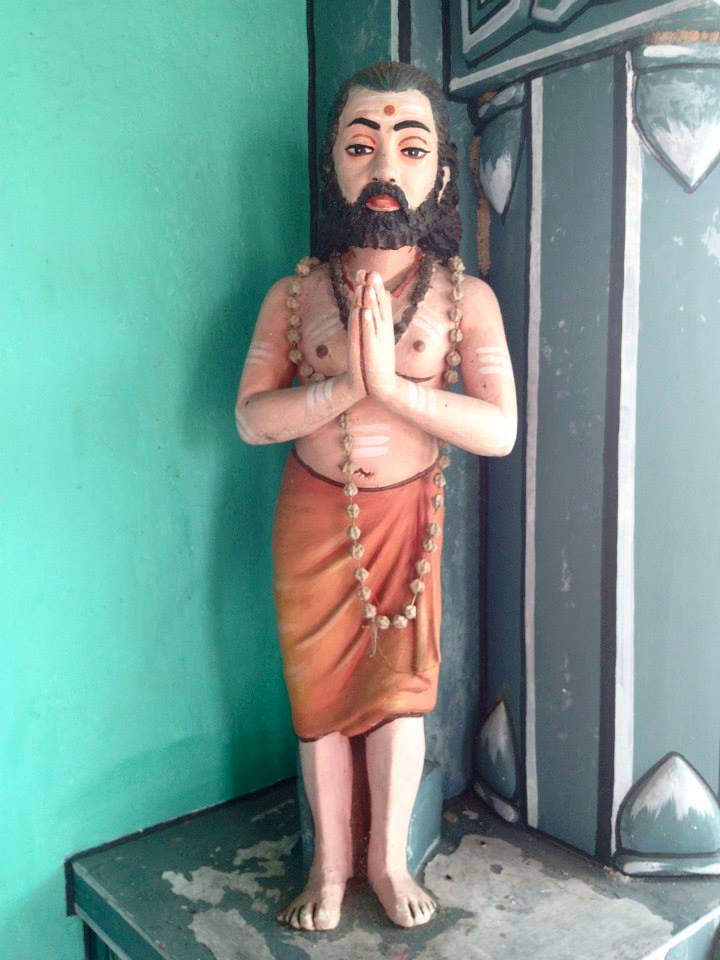
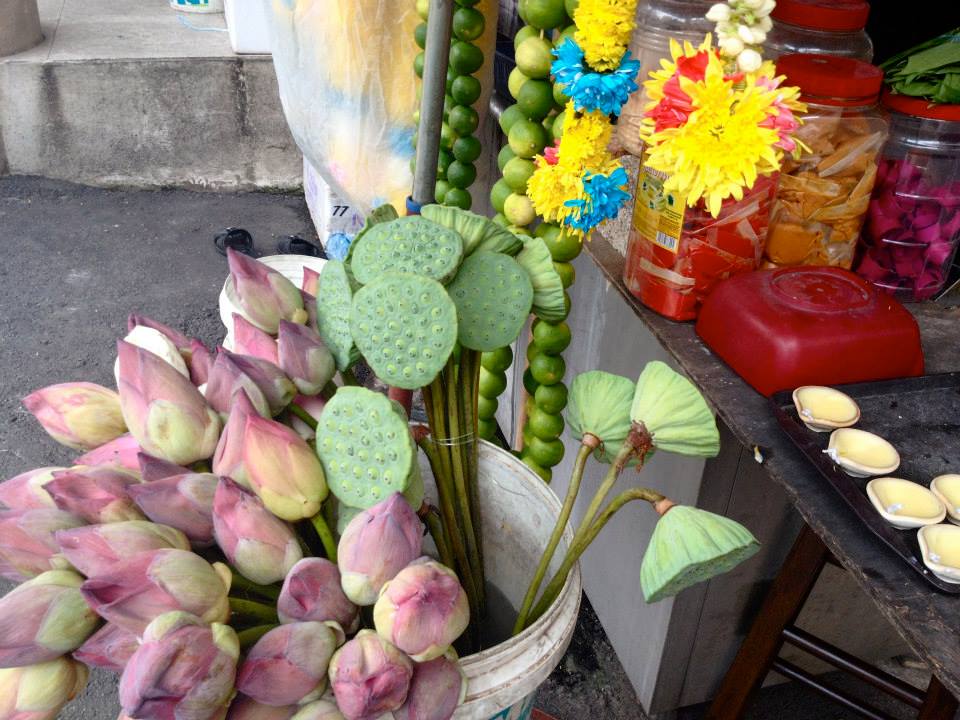
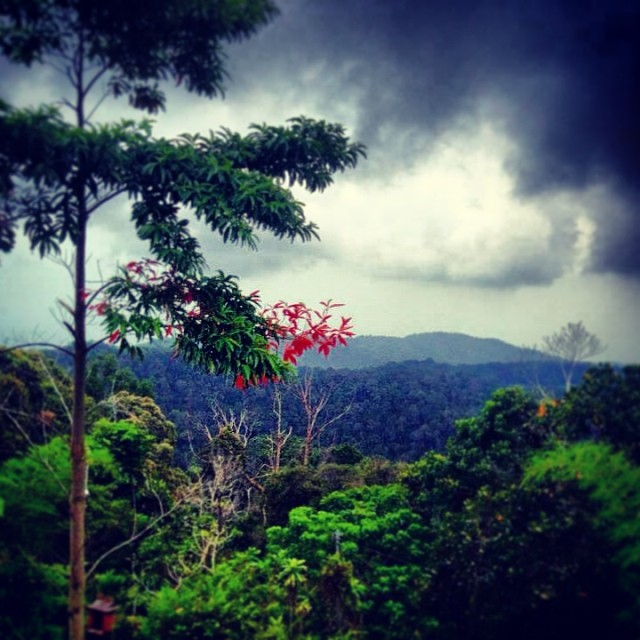
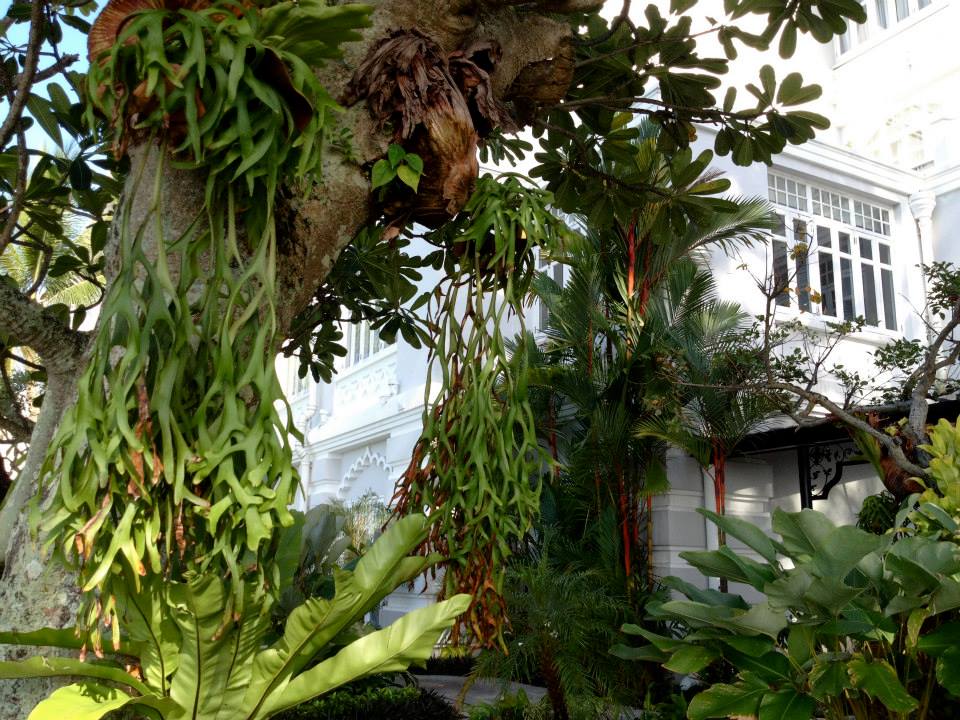
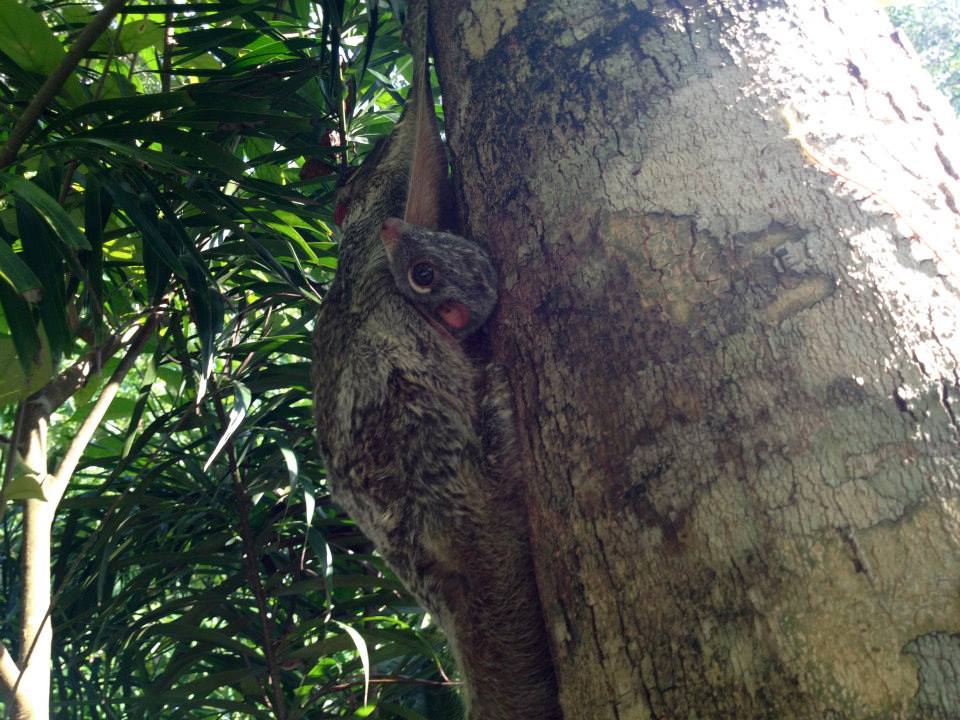
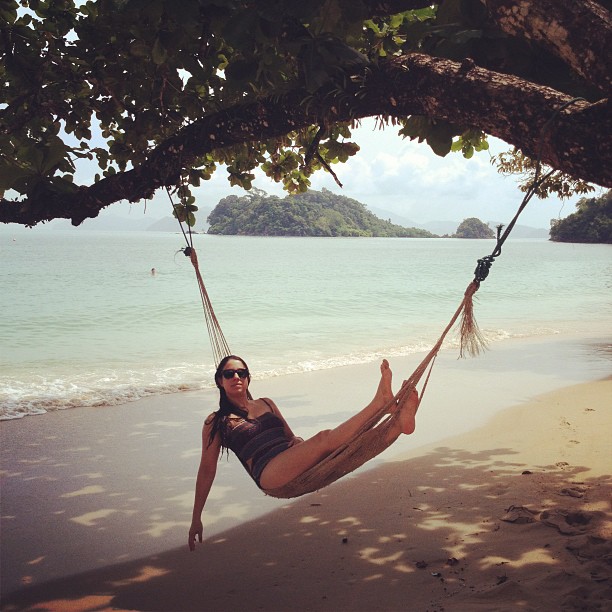
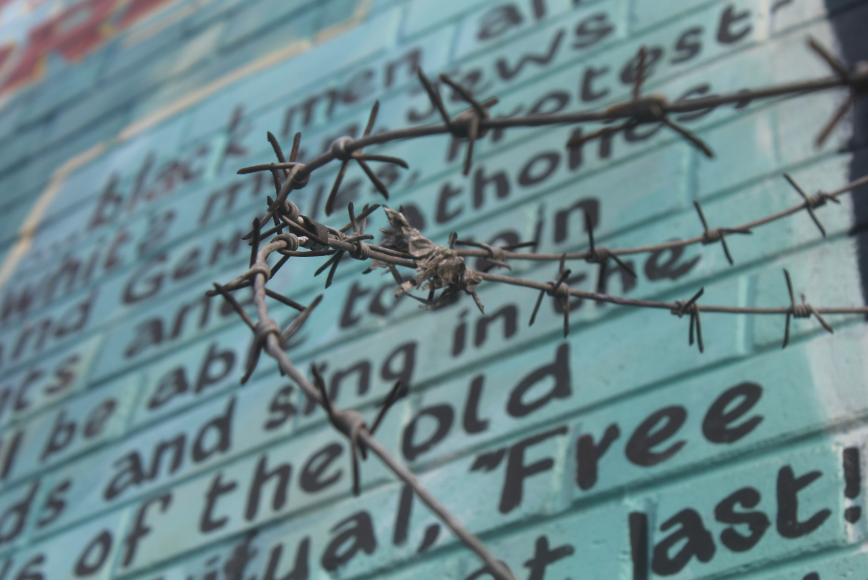


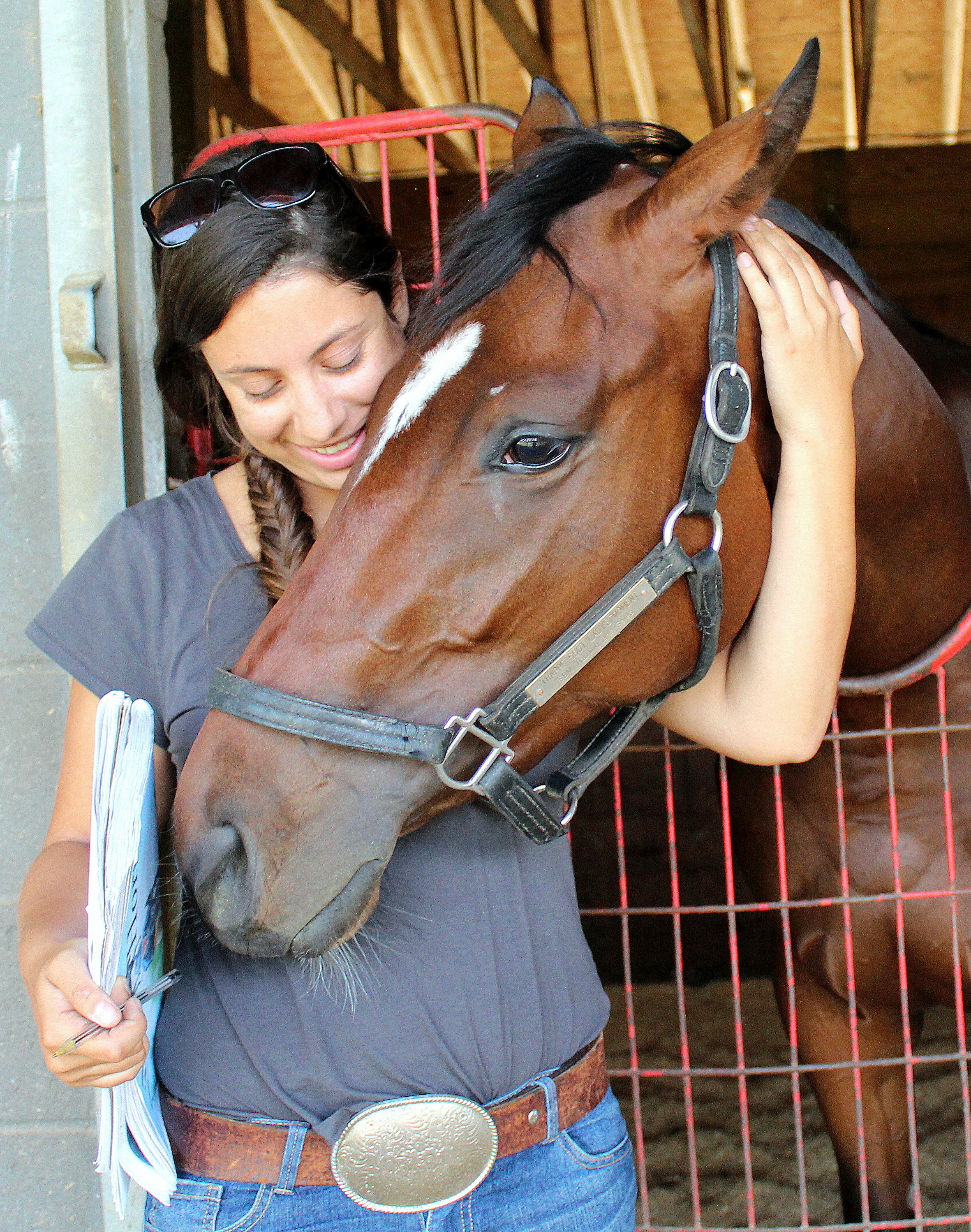

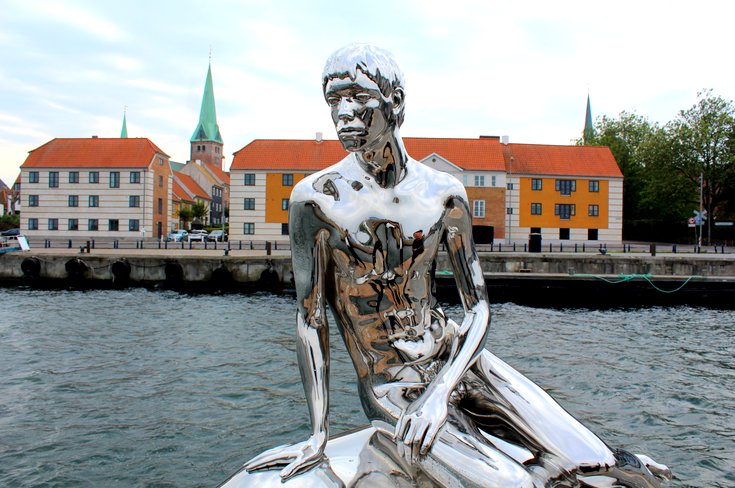
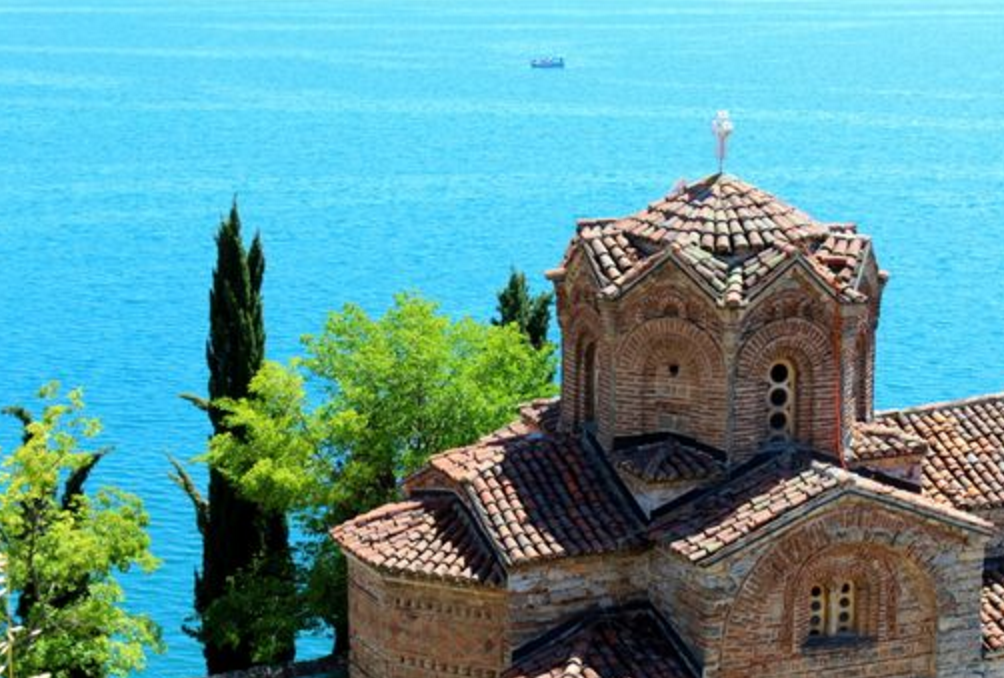
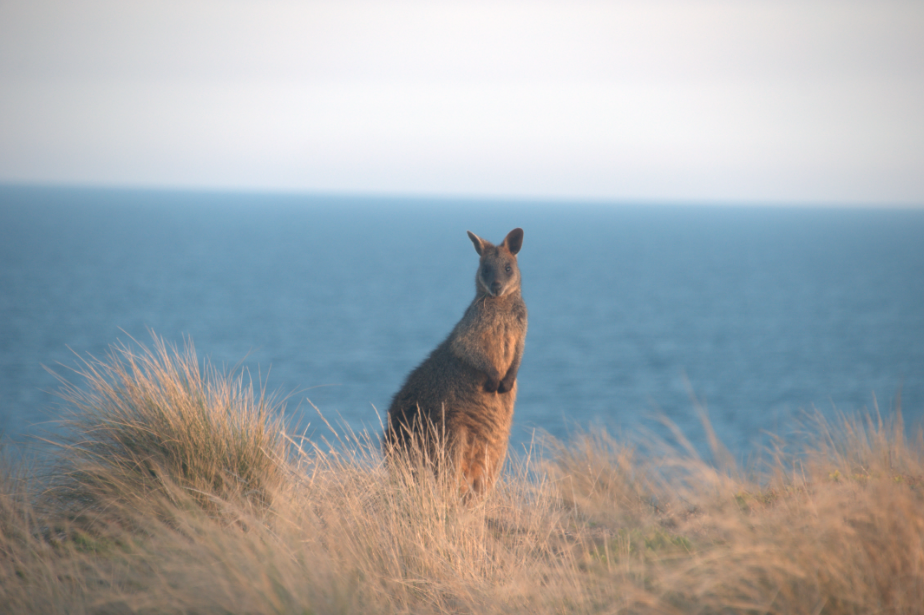

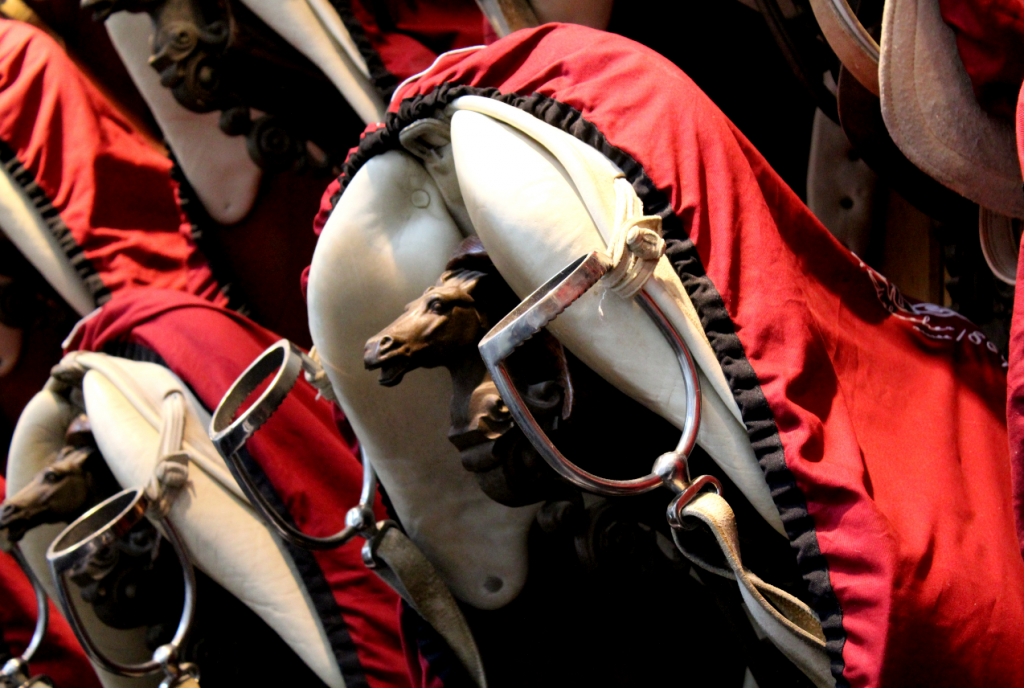


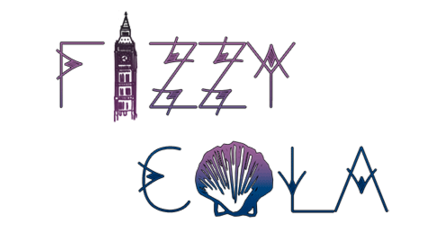


Leave a Reply